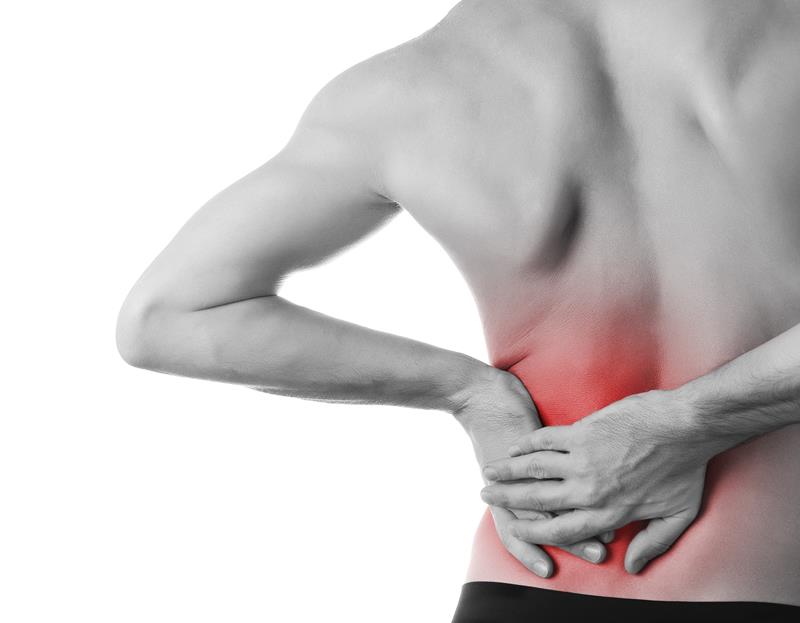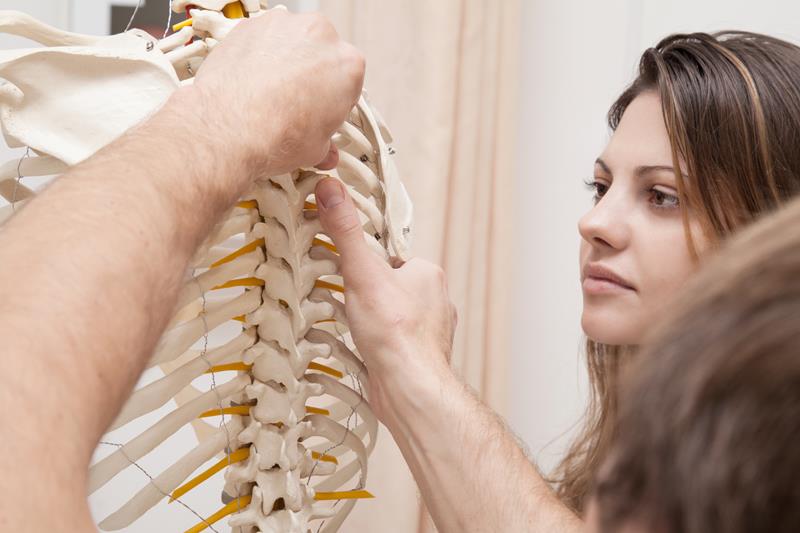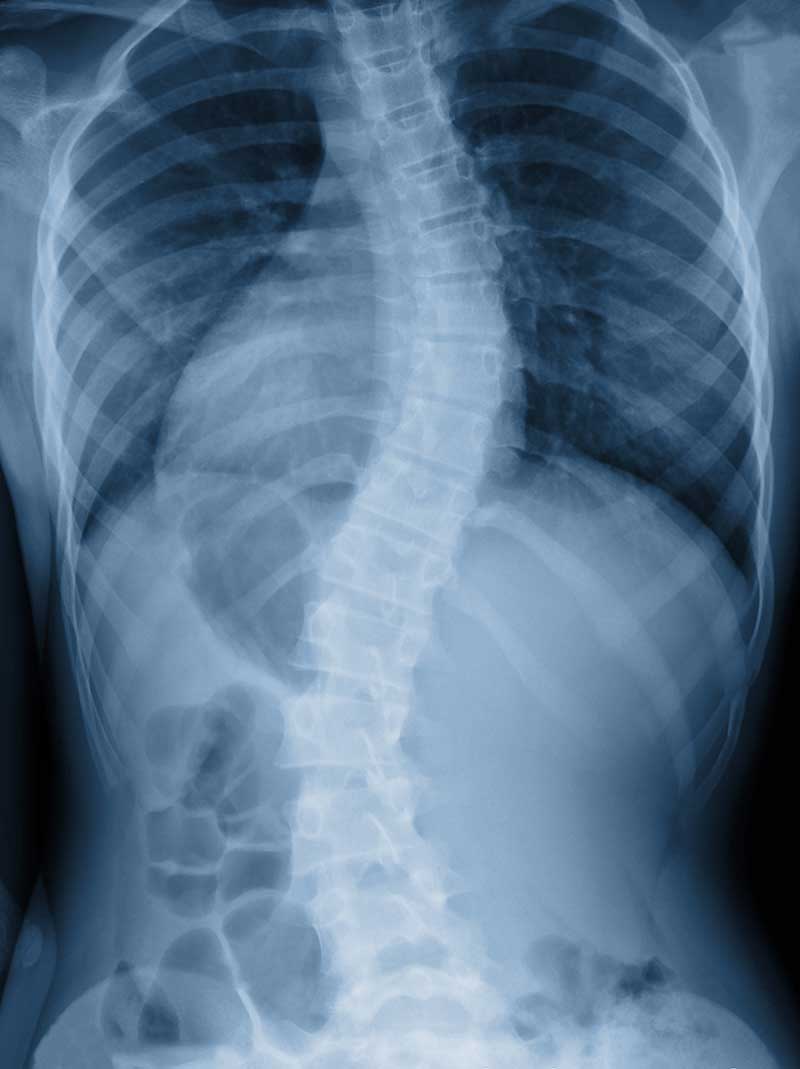

Auto Injuries
Even a “minor” crash can result in serious injuries like ligament sprains. This can lead to chronic pain and disability if not treated properly. In fact, research shows that early treatment is the best way to prevent long-term symptoms. Chiropractic adjustments are effective because they help restore the healthy, normal function of your nervous system without the use of drugs or surgery.

Back Pain
Since back pain is the leading cause of disability worldwide, it is vital to know how to prevent the cause of back pain. By maintaining a healthy diet and weight, remaining active and avoiding prolonged inactivity or bed rest are all important ways to avoid back pain. Before doing exercises or any physical activity, it is recommended to warm up and/or stretch.

Carpal Tunnel Syndrome
CTS is a problem of the median nerve which runs from the forearm into the hand. When there is excessive pressure in the wrist, it causes swelling of the median nerve. This small area called the carpal tunnel is a narrow tunnel at the wrist made up of bones, soft tissues, nerves, tendons, ligaments and blood vessels. When the median nerve which runs through this tunnel gets compressed it causes pain, weakness, numbness or tingling in the hand and wrist which radiates into the forearm. The carpal tunnel is the most common area that gets compressed in both the hands and feet.
CTS should be diagnosed and treated early. During your consultation, you will receive a standard physical examination of the hands, arms, shoulders and neck to help determine if your symptoms are related to daily activities or to an underlying disorder. Our highly skilled chiropractor will also utilize other orthopedic tests to try to produce the symptoms of carpal tunnel syndrome. Laboratory tests and x-rays can reveal diabetes, arthritis, fractures, and other common causes of wrist and hand pain.

Degenerative Disc Disease
Degenerative disc disease is when natural changes in the discs of your spine cause pain. The discs between vertebrae act as shock absorbers for your spine, and as you age, they begin to lose flexibility. While this is a normal part of aging, it should not cause pain. If you experience pain due to this, it is classified as degenerative disc disease.
Each disc is composed of a sturdy outer wall and a soft, gel-like inner core. When we are born, these discs are primarily composed of water, but as age advances, the discs lose some of this water content and begin to get thinner. As you might imagine, this means each disc doesn’t absorb the shocks of everyday life as well.

Headaches/ Migraines
Nine out of ten Americans say that they suffer from headaches. Some of these people experience headaches frequently. Some experience constant headaches that are very painful. These can even make a person nauseous. Ninety-five percent of headaches are tension, migraine, or cluster headaches. These types of headaches are not caused from a disease, but from something in your body that is not sitting correctly.

Neck Pain
The neck, also called the cervical spine, begins at the base of the skull and contains seven small vertebrae. The cervical spine supports the full weight of your head which is on average about 12 pounds. While the cervical spine can move your head in nearly every direction, this flexibility makes the neck very susceptible to pain and injury.

Scoliosis
When detected early, scoliosis can be managed and treated to prevent the problem from getting worse. With scoliosis, the spine has abnormal curvatures to the side or even twists. Most cases of scoliosis appear for unknown reasons as scoliosis tends to develop before puberty in adolescence, in children who previously had no spine issues.
Many cases of scoliosis do not require surgery or extensive treatment, but if the curvature becomes more severe, medical intervention may be needed. Scoliosis appears equally in boys and girls, but typically girls are more likely to develop significant curvature that warrants treatment.

Vertigo
Vertigo is the feeling that you are moving when you’re not. This sensation can be triggered by movements such as turning your head too quickly or looking down from a great distance, but it is ultimately caused by problems in the inner ear, brain, or brainstem. There are two different forms of vertigo with each stemming from various medical issues: peripheral vertigo and central vertigo.
Peripheral vertigo results in a problem with your inner ear and thus your balance, while central vertigo occurs when your brain or brainstem are suffering from a disease originating from your central nervous system (CNS). Peripheral vertigo is typically more severe, and central vertigo is more gradual in its onset. Regardless of the type of dizziness you are experiencing, more than likely, your quality of life is suffering because of it.